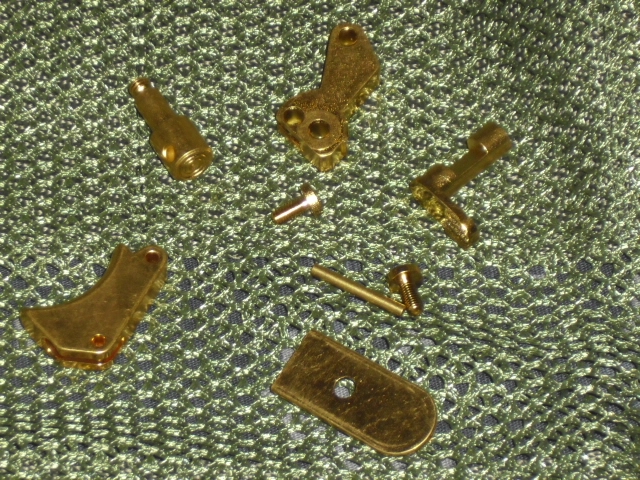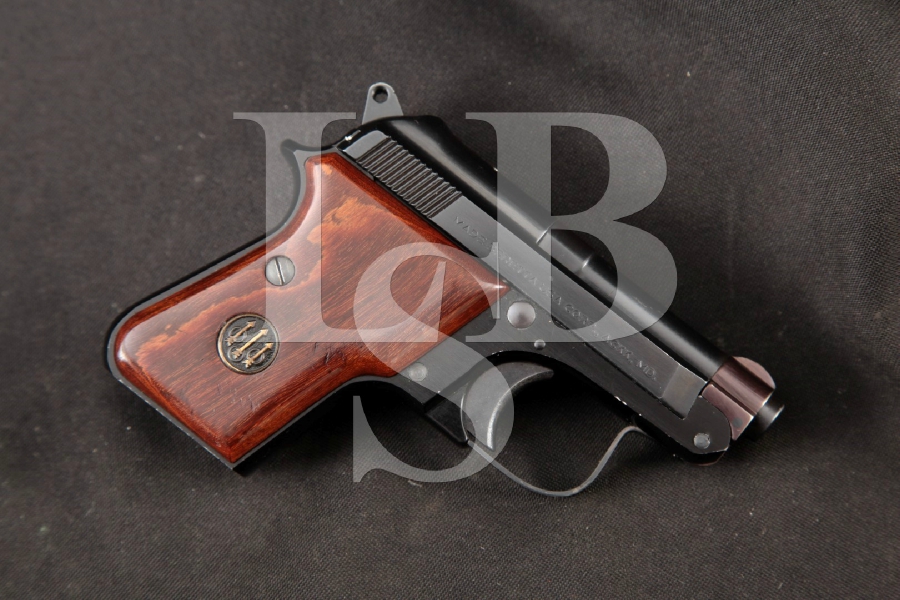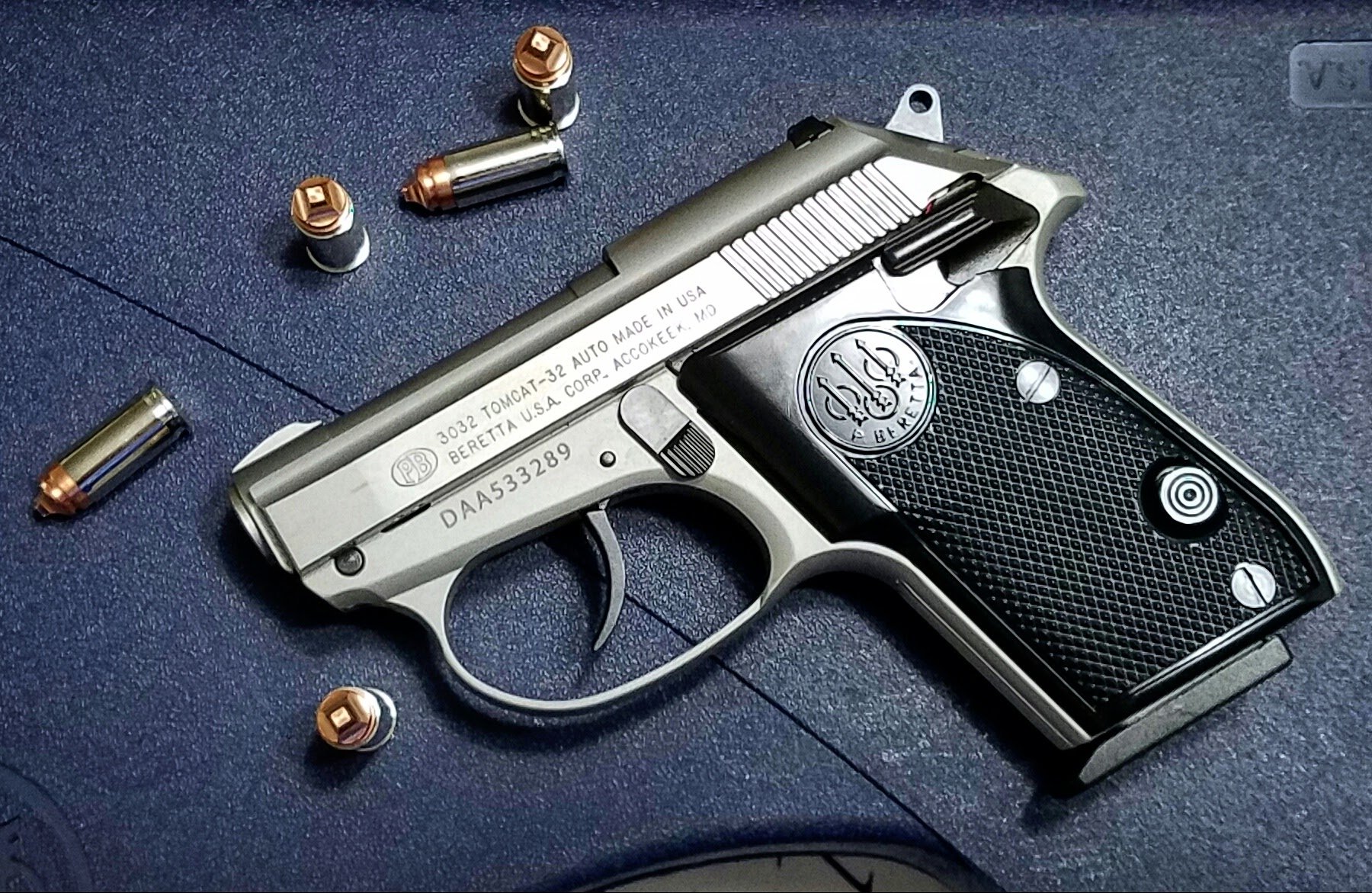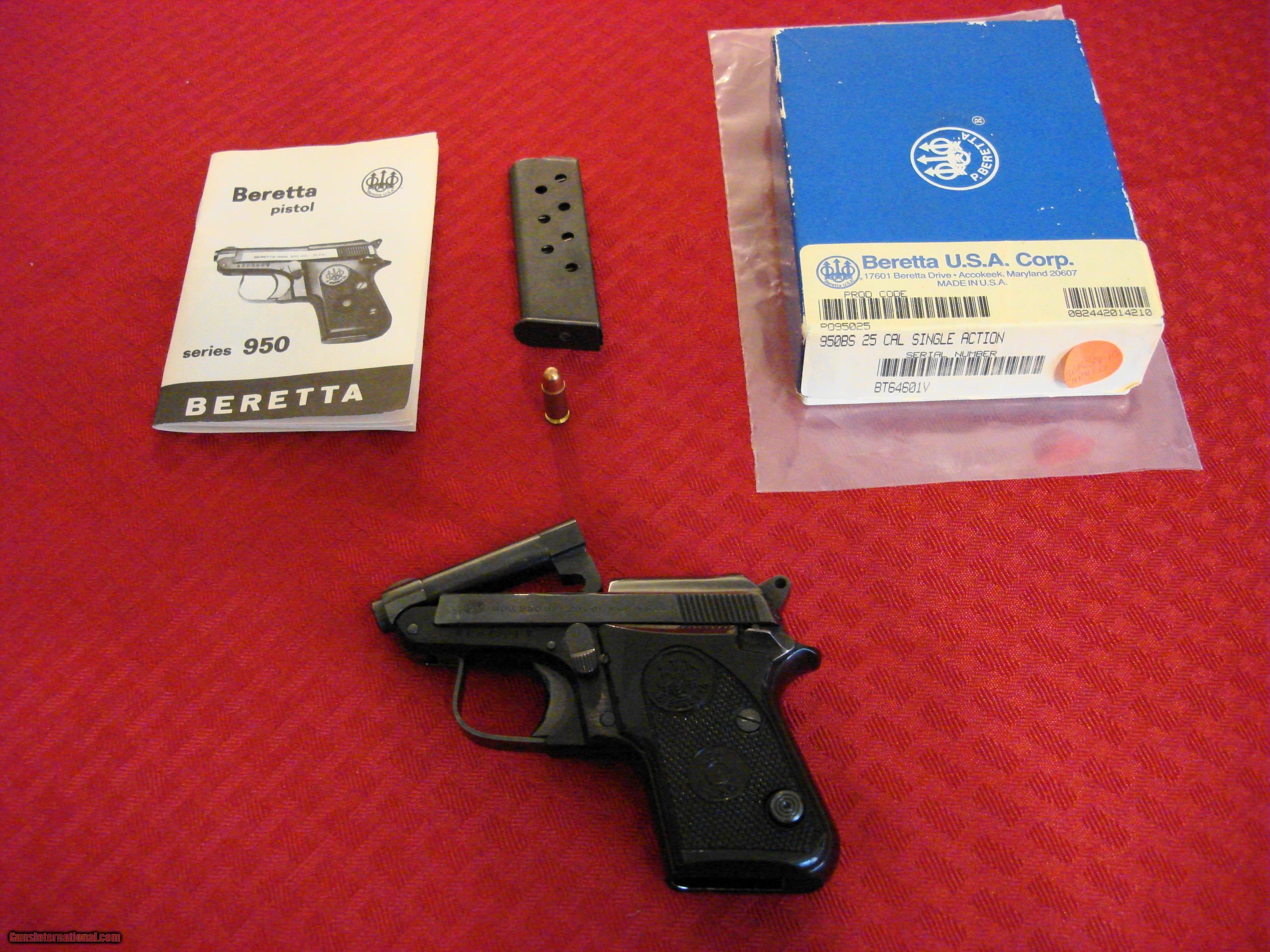- Beretta 950 Jetfire Serial Numbers Diagram
- Beretta 950 Jetfire Serial Numbers List
- Beretta 950 Jetfire Serial Numbers For Sale
- Beretta 950 Jetfire Serial Numbers Location
The website sucks. I have my deceased stepfather's Model 950 BS.25 ACP Jetfire pistol, and I'm curious about its age and history. Its serial number is BER14084V, but there's no place to search for serial numbers on the website, nor anyplace to download a manual. I own a beretta pistol model 950 B caliber 6.35 mm serial number B-65097, is made in Brazil, i purchased it in february of last year and would like to know the date of manufacture and a source of magazines, it seems that the mags available here in mexico (homemade or hechizos as we call them in mexico) are a tad long and protude of the bottom of the gun. Thank you in advance. Manufacturer/Trademark – Beretta Model/configuration – MODEL 950B JETFIRE semi-automatic pistol.25 ACP cal., with 2-3/8 inch bbl., and blue finish. Serial Number – G08548 mfg. Additional Information – hinged barrel, fixed sights, plastic grips, no safety.
This large group of pistols was and is manufactured by Fabrica d'Armi Pietro Beretta, Gardone Val Trompia (Brescia ), Italy. This is certainly one of the oldest firearms manufacturing firms in existence, as it was founded in 1680. It is still very active. For nearly three centuries it has enjoyed an excellent reputation for the arms it has produced. Previous to 1915 their chief product was shotguns, but in that year they turned their attention to automatic pistols and, to date, well over two million have been made.
The early pistols, and most of the later ones, are of a simple blowback design with a highly functional firing system. Since their introduction they have constantly been improved. In 1950 it was realized that there was need for a powerful, compact, and effective 9 mm. caliber pistol for military use and this led to the development of a fully locked, recoil operated design which has since become known as the 1951 Model (or M951). The 1956 catalog states that it was available to foreign countries for military use. The pistol had, at that time, been adopted by the Egyptian Army. Though it was reserved solely for military use up to 1956, this restriction seems now to have been removed.
1915 Type-7.65 mm. (Brng.) This was a blowback with internal hammer, Mauser pocket pistol type of barrel mounting, and a firing pin which acted as ejector. It had straight grip frame, wood grips, magazine capacity of 7 cartridges, and 6-R rifling. It was made for Italian army and police use only and was marked PS (Pubblica Sicurezza, public security) for police use or RE (Regio Esercito) for army use. It was covered by 1915 patents and discontinued in 1919.
1915 Type-9 mm. Parabellum (or M910 ctge. ) This was a slightly modified version of the 7.65 mm. type, but somewhat larger and provided with an ejector. It was for military and police purchase only and had either RE or PS markings. It was discontinued in 1919 (Figs. 109, 110).

1915, 1919 Type-7.65 mm. (Brng.) This was a greatly modified version of the 1915 Type, with an original barrel mounting, changed safety lever, internal hammer, straight grip frame, metal grip plates, magazine capacity of 8 ctges., and 6-R rifling. Specimens were marked PS and some also were sold commercially from about 1920 to 1930.

1919 Type-6.35 mm. (Brng.) This was a somewhat modified and improved version of the 7.65 mm. 1915, 1919 Type. A grip safety device which blocked the sear motion was added. Molded plastic grips were later changed to sheathed grip pieces of the 1935 form. It had a magazine capacity of 7 ctges., and an internal hammer. It was introduced in the early 1920's and one specimen dated 1935, with Serial No. 606,460, has been noted.
Model 1923-9 mm. Parabellum (or M910 ctge. ) This was a further modification of the 1915 design, greatly enlarged and, for the first time, with external hammer. It had RE markings but was also sold commercially from 1923 to ca. 1936 or 1937. It could be had with a combination shoulder stock-holster. It had a magazine capacity of 8 ctges. and 6-R rifling. It was the first Beretta to have an official model designation (Modello 1923).
Model 1931-7.65 mm. (Brng.) This model, often called the Navy Model, returned to the 1915, 1919 Type in size, but was greatly streamlined and had an improved firing system and a closed bridge slide. Known specimens have wood grip pieces and show the RM crest, indicating that they were for Navy use. It is believed that they were not sold commercially.
Model 1934-9 mm. (.380) This is a further streamlined version of the 1931 model, with sheathed plastic grip pieces (Figs. 111, 112). It was designed for and adopted by the Italian military service. Specimens show the RE mark. It was also sold commercially in large quantities. (Mag. cap. 7 ctges., rifling 6-R.) This pistol is currently known as Mod. 934 (Corto). It appears to be identical to the prewar Mod. 1934.
Model 1935-7.65 mm. (Brng.) There seems to be some confusion concerning the proper nomenclature for this model. It is stated that though it was first issued as the Modello 1935 (and was so marked) it was later given the designation Modello 1934 and that specimens were so marked. The 1956 Beretta catalog designates it as Mod. 935. This pistol is identical in design to the 9 mm. Modello 1934, though smaller in size. (Mag. cap. 8 ctges.) It is currently advertised as an Ordnance pistol for the Italian Navy, Air Force, and Police.* It is sold commercially and is obtainable in extra finishes as „Mod. 935 bis' and „Mod. 935 D.D.,' both de luxe types.
*Pistols intended for the Air Force may be marked AM (Aeronautica Militare) or RA (Regio Aeronautica ). Those for Navy use may be marked RM (Regio Marina). Those for Army use are marked RE (Regio Esercito, i.e., Royal Army).
Model 318-6.35 mm. In the mid-1930's the 6.35 mm. Mod. 1919 was improved by addition of the newest modifications. The new model had the same shaped grip safety but the grip frame was more streamlined. Serial numbers for the Mod. 318 are continued from the 1919 Type, starting around 610,000. This model was generally known as Mod. 1934. When the change of name to Modello 318 was made is not known, but the pistol seems to date from 1935. (Mag. cap. 8 ctges., rifling 6-R.) Presumably, production of this pistol was stopped at the start of World War II. The highest serial number noted is 622,297, found on a pistol marked as made in 1939.
Following World War II, in 1946 or soon thereafter, some changes in the design of the Beretta pistols were made. Production of the 7.65 and 9 mm. pistols had been continued during the war, under German supervision.
Model 418-6.35 mm. (Brng.) Model 318 was redesigned, but not greatly changed in appearance, and given the designation Mod. 418. The more obvious changes are in the shape of the grip safety, a better design, and the use of slanting rather than vertical serrations on the rear of the slide. In the current production the Beretta design on the grips has been changed. High quality chromium-nickel forged and hammered steel is used, according to catalog statements. This pistol is obtainable in three degrees of finish-standard (Mod. 418), chromium plated and engraved (Mod. 420), and the de luxe type (Mod. 421). The last is richly engraved and gold plated and has „turtle shell' grip pieces. (Mag. cap. 8 ctges. Rifling 6-R.) For the Mod.

418, serial numbering started at No. 1-A and by 1957 it had passed 100,000. This and other Beretta models have appeared with aluminum alloy frames, with a resulting decrease in weight.
Model 951-9 mm. Parabellum („Lungo Parabellum'). This pistol was designed and produced in 1951 especially for the Italian Navy and Air Forces, for special detachments. It has a recoil-operated barrel locked by a special vertically sliding catch, standard magazine capacity of 8 and a special magazine capacity of 10 ctges. The body is of light alloy („Ergal') and the shape of the grip is quite similar to the German P-38 (Figs. 113, 114, 115).
Model 948-.22 cal. L.R. This is a comparatively new member of the Beretta family, with factory designation Mod. 47. Known as the „Featherweight,' it is made of duraluminum alloy and weighs 480 grams (less than 17 ounces). (Barrel length, 35/16 inches; over-all length, 57/8 inches; mag. cap., 8 ctges.) It is similar in appearance to Mod. 935. A special 150-mm. barrel, interchangeable with the standard barrel, is obtainable for target shooting. Mod. 948 is sold in the U.S. as the „Plinker.'
Model 950 c.c.-.22 cal. Corto (short). This is a new pistol of quite different construction from previously made Berettas. The barrel is hinged at the front end, in front of the trigger guard, and tips up from the rear. It has an exposed hammer, double safety catch, and a duraluminum frame. (Mag. cap., 7 ctges.; barrel length, 23/8 inches; over-all length, 411/16 inches.) It is sold in the U.S. as the „Minx.'
Model 950 c.c. Special-Same as above except that it has a 100-mm. (about 4 inches) barrel.
Model 949 Corto-This is a .22 caliber target pistol known as the „Tipo Olimpionico'-specially designed for Olympic target shooting. It has a muzzle deflector, adjustable weights, and a hand-lapped barrel. (Length of barrel, 83/4 inches; length over-all, 121/2 inches; weight, 38 oz.) It has a trigger pull of 11/2 pounds (Fig. 116).
Model 949 L.R.-This is the same as Model 949 except for the cartridge used.
The Roman numerals appearing on Beretta pistols which were made during the Fascist regime represent the year of that regime and probably were required by government order.
The 9 mm. Mod. 1934 Berettas made in 1941 and 1942 are normally in the 800,000 to 900,000 range of serial numbers. Variant serial numbers are frequently found, however. Some of these are definitely pistols made for (or sold to) some foreign country, such as Nos. 02,147, 08,991, and 20,830, all of which are dated 1941 and bear evidence of being sold to Rumania. These are marked r. BERETTA - CAL. 9 SCURT - MO. 1934 - BREVET. Some of these have the Roman numerals, while others do not. Other variant markings have been found, such as No. F-63,599 (dated 1942), 3662-AA (dated 1943), and 4996-BB (dated 1944). Presumably these also were made on some special order.
For rifling specifications for currently made Berettas see Appendix II.
Fig. |
Continue reading here: Bergmann Early types
Was this article helpful?
| Beretta 950 | |
|---|---|
| Type | Pistol |
| Place of origin | Italy Brazil United States |
| Production history | |
| Manufacturer | Beretta |
| Produced | 1952-2003 |
| Specifications | |
| Mass | 280g/9.9oz |
| Length | 120 mm (4.7 in) |
| Width | 23 mm (0.9 in) |
| Height | 87 mm (3.4 in) |
| Cartridge | .25 ACP, .22 Short |
| Caliber | 6.35mm, 5.6mm/ .25, .22 |
| Action | Single |
| Feed system | Single Stack Magazine 8 (.25ACP) 6 (.22 Short) |
The Beretta 950 is a semi-automatic pistol designed and manufactured by Beretta since 1952. It builds on a long line of small and compact pocket pistols manufactured by Beretta for self-defense. It was intended to be a very simple and reliable pocket pistol.[1]
Specifications[edit]
Beretta 950 Jetfire Serial Numbers Diagram
The Beretta 950 is a simple blowback pistol with a single actiontrigger mechanism and tip-up barrel. The frame is made out of aluminumalloy, the slide and barrel are carbonsteel.[2]
Early models (*950* and *950B* Pre-1968) do not have a safety lever, employing an inertial firing pin for safe hammer-down carry instead (the half cock notch is not for carry and could cause the gun to fire if dropped on the hammer). Later models (*950BS* Post-1968) are provided with an external safety lever.[2][3]
Intended market[edit]
Beretta 950 Jetfire Serial Numbers List
The Beretta 950 Jetfire chambered in .25 ACP is a backup, self-defense pistol that is intended for undercover agents, police officers or individuals licensed to carry a concealed firearm for self-defense. The Minx version in .22 Short is not advised for such a role due to the caliber.[2]
Advantages[edit]

Being light weight, low profile and easily concealable makes it ideal for concealed carry. The tip-up barrel makes it easy to make safe and at the same time, easy to make ready to fire, and being chambered in .25 ACP means it is more reliable than similar pocket pistols chambered in .22 LR.
Beretta 950 Jetfire Serial Numbers For Sale
Limitations[edit]
The .25 ACP round allows it to be a very compact, lightweight gun, but the cartridge is relatively short ranged and low powered, putting it in the same class as the .22 LR rimfire cartridge. The accuracy of the pistol is adequate, but the small grip and short sight radius may limit some shooters to being effective only at short ranges.[2]
Users being timid about recoil can make it prone to bite (the slide can cut the top of the shooter's hand when fired) due to them holding the firearm too tightly. As the pistol lacks a shell extractor, relying instead on blowback pressure to clear the shells, misfires are removed manually by tipping up the barrel and pulling the shell out. This is usually viewed as a limitation but can also be seen as an advantage.[2]
Technical data[edit]
- Type: Beretta 950 Jetfire
- Trigger system: Single-action only
- Caliber: .25 ACP
- Capacity: 9 total including an 8 rounds magazine and 1 round in the tip-up barrel.
- Frame material: Aluminium light alloy
- Slide and barrel material: Carbon steel
- Grip material: Plastic
- Barrel length: 60 mm
- Length: 120 mm
- Height: 87 mm
- Width: 23 mm
- Mass: 280 g
- Safeties: none (950B) or left-side thumb switch (950BS)
- Magazine release: Lower left grip heel pushbutton.
- Production years: 1952–2003.
- Production locations: Beretta Italy (pre 1968), Beretta do Brasil (late 1960s - early 1970s), Beretta USA (1970s to 2003)
See also[edit]
References[edit]
- ^Ahern, Jerry (5 October 2010). Gun Digest Buyer's Guide to Concealed-Carry Handguns. Iola, Wisconsin: Gun Digest Books. p. 220. ISBN1-4402-1743-2.
- ^ abcdeAyoob, Massad (2011). Gun Digest Book of Beretta Pistols: Function, Accuracy, Performance. Iola, Wisconsin: Gun Digest Books. pp. 12–18. ISBN1-4402-2653-9.CS1 maint: discouraged parameter (link)
- ^Wilson, R. L. (2008). The World of Beretta: An International Legend. Book Sales, Incorporated. p. 57. ISBN978-0-7858-2104-5.